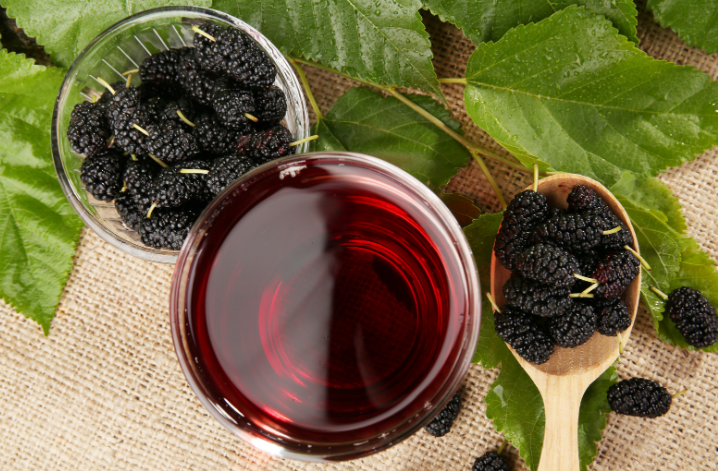On December 6, 2021, the latest global diabetes map (IDF Diabetes Atlas) (10th edition) released by the International Diabetes Federation (IDF) showed that in 2021, approximately 537 million adults (20-79 years old) worldwide will suffer from diabetes , is expected to rise to 634 million by 2030 and 783 million by 2045. Prior to this, the world population was estimated to have grown by 20%, while the number of people with diabetes was estimated to have increased by 46%.
Due to China's huge population base, among people aged 20-79, the number of diabetic patients in China ranks first (140.9 million), followed by India (74.2 million) and Pakistan (33 million). It is estimated that by 2045 , the top three rankings will remain unchanged. The top three countries with the highest prevalence are Pakistan (30.8%), French Polynesia (25.2%) and Kuwait (24.9%).
The majority of diabetes is type 2 diabetes (T2D), in which individuals with T2D or those who are frequently overweight or obese have impaired postprandial glycemic regulation, primarily attributable to insulin resistance and/or β-cell dysfunction. Reducing postprandial hyperglycemia and postprandial glucose excursions is important for overall blood glucose management. The relative contribution of postprandial glucose to HbA1c was more prominent than that of fasting glucose.

Mulberry leaf extract can lower postprandial blood sugar and why?
March 2023 Supplementation with mulberry leaf extract, fiber, vitamin D and chromium has been shown to reduce post-meal blood sugar spikes, according to a study funded by Nestlé Health Science. The study, published in the journal Diabetes Ther, looked at the product Nestle's Nutren GlucoSmart, which debuted in Malaysia more than a year ago.
Thirty Asian patients with type 2 diabetes (mean age 59 years, HbA1c 7.1%, body mass index 26.5 kg/m2) from Singapore and the United States participated in this randomized, double-blind, controlled study. Participants were randomly assigned to an intervention group taking Nutren GlucoSmart or a control group taking the same mix without Reducose® mulberry leaf extract. The results showed that the postprandial blood sugar peak was lower in the group taking the mulberry leaf extract, and the blood sugar peak was significantly reduced by 15%-20% in the three-hour observation period compared with the control group who did not take the mulberry leaf extract.
Mulberry leaf extract can reduce postprandial blood sugar and insulin spikes because it contains iminoglycoalkaloids, which are sugar analogs that can in turn reduce blood sugar absorption. The most abundant imino sugar alkaloid in mulberry leaf extract is 1-deoxynojirimycin (1-NDJ), which can competitively block the active sites of polysaccharide-degrading enzymes in the digestive tract, and reduce glucose absorption by reducing the rate of glucose absorption. iAUC (incremental area under the concentration curve), Cmax (maximum concentration), and early insulin response, but no significant effect on insulin sensitivity, GLP-1 (glucagon-like peptide-1) or GE (gastric emptying) .
Not only lowering blood sugar, mulberry leaves have more effects
Mulberry (Morus, Moraceae) is an economical and widely distributed woody plant, and it is widely cultivated in Asian countries. Mulberry leaves can feed monophagous silkworms, so mulberry trees are the most important component of sericulture, providing employment to large populations in India, China, Bangladesh, Pakistan and many other Asian countries. There are many varieties of mulberry, and worldwide, the three most popular are white mulberry (Morus alba), black mulberry (Morus nigra) and red mulberry (Morus rubra). According to the data of Future market insight, in 2022, the market size of white mulberry leaf extract is 41.71 billion US dollars, and it is expected to reach 141.59 billion US dollars in 2032, with a compound annual growth rate of 13%.
Mulberry leaves are medicinal and edible ingredients in China, and contain a large number of biologically active substances, mainly including alkaloids, flavonoids, mulberry leaf polysaccharides, etc. These compounds endow mulberry leaves with antioxidant properties, can effectively lower blood pressure, lower blood sugar, and prevent atherosclerosis Sclerosis, in addition, has anti-inflammatory properties. In 1996, researchers from the Department of Traditional Chinese Medicine of Shenyang Pharmaceutical University studied the hypoglycemic effect of mulberry leaves and found that the total polysaccharides of mulberry leaves can regulate the glucose metabolism of diabetic mice and can promote the secretion of insulin in normal rats. After 2003, the hypoglycemic effect of 1-DNJ in mulberry leaves began to be studied intensively.
With the advent of the epidemic era COVID-19, the concept of dietary health has gradually strengthened, and functional ingredients based on the same origin of medicine and food are highly sought after. In addition to popular medicine and food ingredients such as ginseng, wolfberry, and black sesame, some niche medicine and food ingredients are also becoming popular, and mulberry leaf is one of them, which has begun to be used in ordinary functional foods.
Referance:
1、https://diabetesatlas.org/
2、Mohamed, M., Zagury, R.L., Bhaskaran, K. et al. A Randomized, Placebo-Controlled Crossover Study to Evaluate Postprandial Glucometabolic Effects of Mulberry Leaf Extract, Vitamin D, Chromium, and Fiber in People with Type 2 Diabetes. Diabetes Ther 14, 749–766 (2023). https://doi.org/10.1007/s13300-023-01379-4